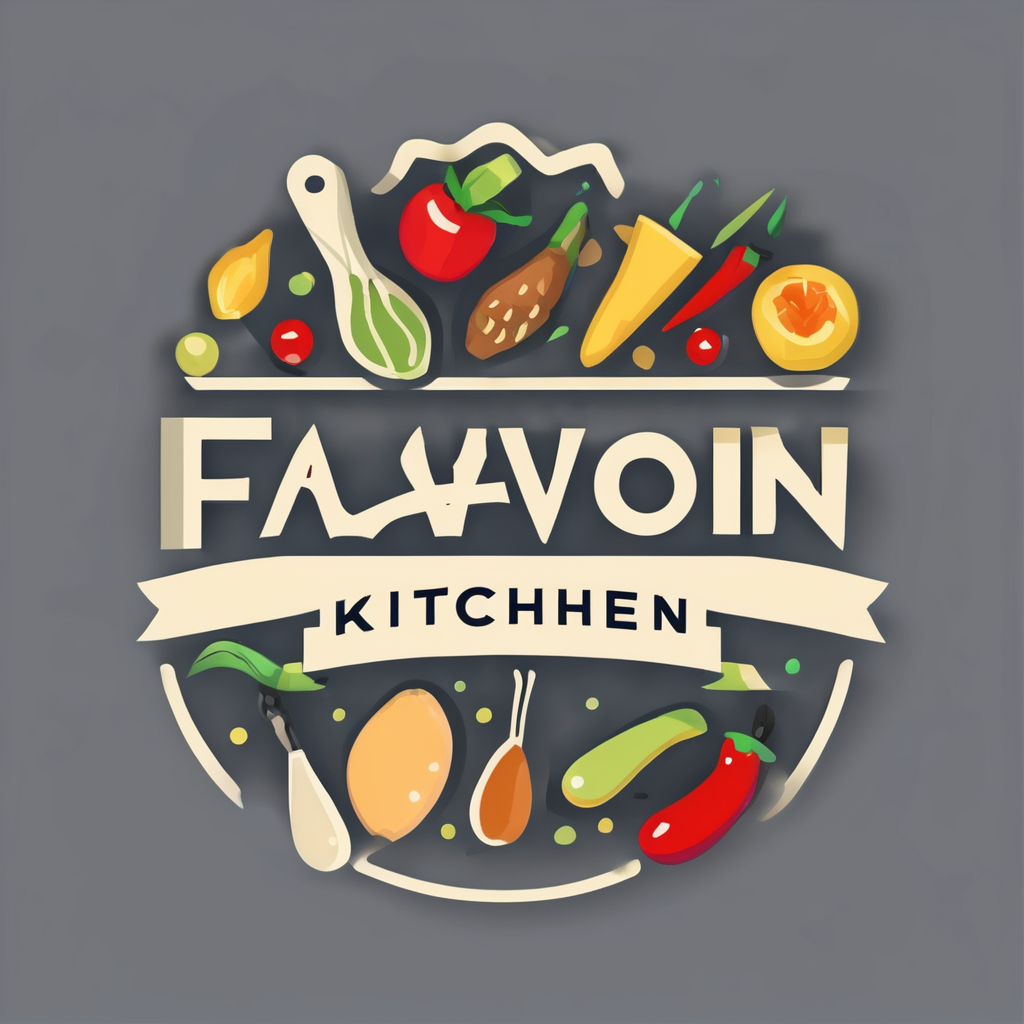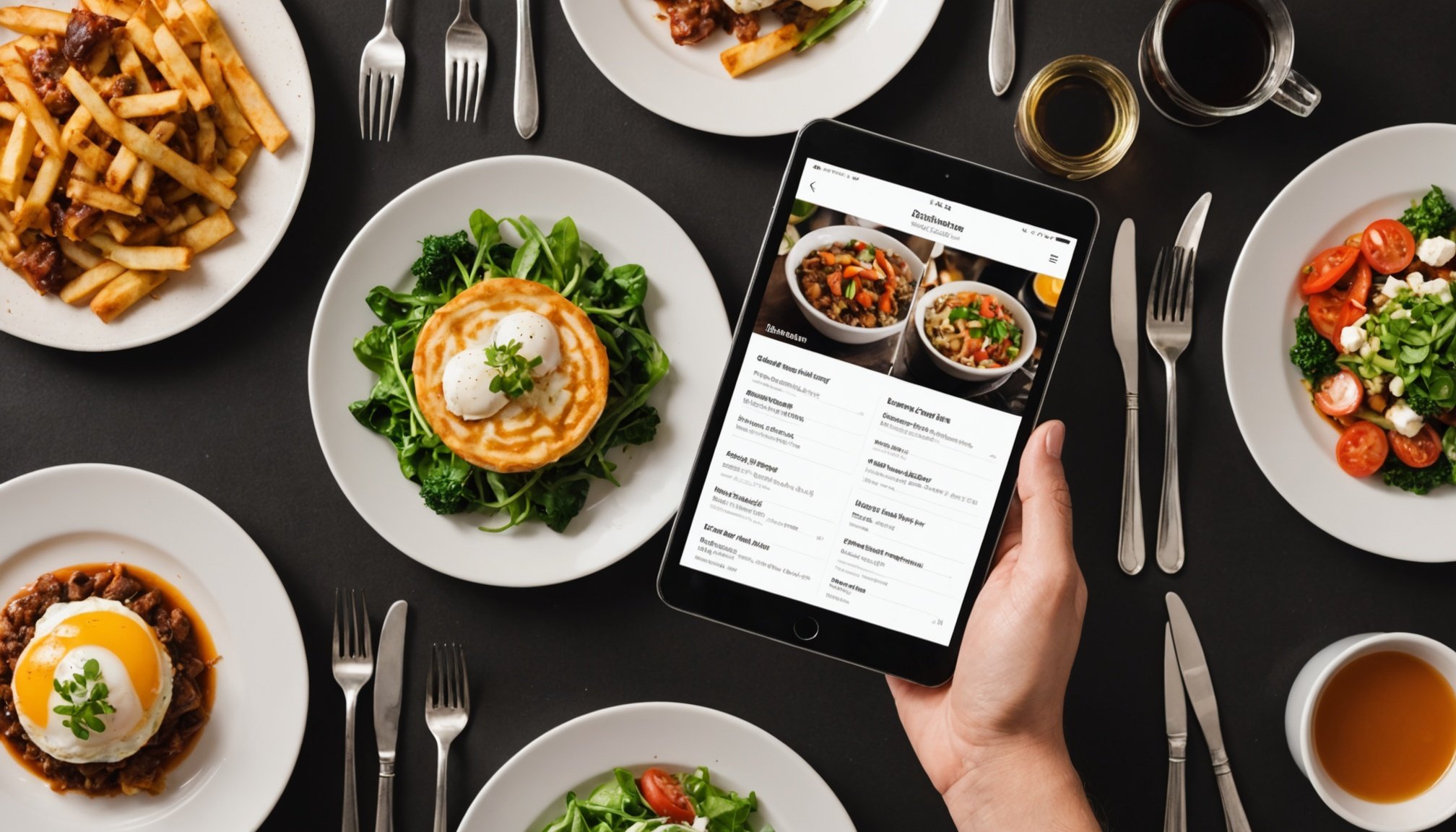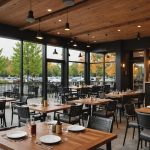Importance of Customer Insights in Menu Development
Understanding customer feedback and preferences plays a crucial role in crafting a popular menu. It helps restaurants stay competitive by aligning offerings with diner expectations. By collecting customer feedback, restaurants gain clarity on what patrons truly desire, paving the way for thoughtful menu improvement. Regularly updating offerings based on insights not only enhances dining experience enhancement but ensures it resonates with diverse tastes.
The integration of customer insights allows a business to track popular items and notice untapped trends in the culinary market. These insights often provide hard data that can be cross-referenced with current food trends, ensuring that menu options remain fresh and appealing.
Additional reading : Enhancing restaurant appeal: innovative approaches to transform outdoor dining areas
Feedback’s role in refining menu options is irreplaceable. It offers firsthand accounts of what works and what doesn’t. Importantly, acting on this feedback cultivates customer loyalty, as patrons feel valued and heard, significantly boosting their dining experience enhancement.
Ultimately, leveraging insights into customer preferences makes a restaurant-driven entity, leading to sustained success. With this informed approach, any restaurant can innovate and adapt, reflecting customers’ evolving tastes while increasing business prospects. Thus, utilizing informed insights is not just beneficial but imperative for long-term success and customer retention.
Also to see : Building a sustainable tomorrow: innovative approaches for bars to source eco-friendly spirits and wines
Strategies for Gathering Customer Feedback
Gaining insights into customer feedback is critical for effective menu improvement. Employing diverse strategies to collect feedback allows restaurants to understand their patrons better, resulting in enhanced dining experience enhancement.
Effective Survey Techniques
Surveys are a cornerstone of feedback collection. Key to their success is designing questions that are both concise and engaging. Open-ended queries provide deeper insights, while rating scales offer an easy assessment of customer preferences.
Utilizing Digital Platforms
In today’s digital age, leveraging online channels for customer engagement is crucial. Social media polls, email surveys, and mobile apps are convenient tools for gathering feedback. They reach a wider audience efficiently, encouraging participation and shaping menu improvement.
In-Person Feedback Methods
Despite the rise of digital methods, in-person feedback remains invaluable. Staff can gather real-time responses, noting customer preferences and dissatisfaction directly. Methods may include informal table-side queries or structured comment cards.
Enhancing Response Rates
To improve feedback engagement, timing is key. Initiating surveys post-dining or during special promotions can maximize responses. Offering incentives, like discounts or free meals, further boosts participation and enriches customer feedback leading to effective refinements.
Analyzing Customer Feedback for Menu Refinement
The process of data analysis focuses on extracting actionable insights from customer feedback. This begins with utilizing advanced tools and software, designed to sift through extensive feedback data and highlight relevant patterns. These tools allow restaurant owners to discern which areas require menu improvement based on actual customer interactions.
Trend identification is vital as it helps pinpoint emerging preferences, ensuring restaurants stay competitive. By analyzing feedback, establishments can spot evolving taste preferences or popular culinary trends, enabling proactive menu adjustment.
Key to successful analysis is the segmentation of data. By categorizing feedback based on demographics—such as age, gender, or dining preferences—restaurants can gain a nuanced understanding of their customer base. This segmentation facilitates targeted menu enhancement, catering effectively to varying customer needs.
Customer preferences revealed through data analysis can guide strategic decisions. For example, if the data shows a rising interest in health-conscious or plant-based options, a restaurant might choose to expand these offerings. Ultimately, effective data analysis supports informed decisions that refine menus, directly impacting dining experience enhancement and fostering customer loyalty. The outcome is a menu that resonates more deeply with its audience, aiding in sustained restaurant success.
Implementing Menu Changes Based on Customer Insights
Incorporating customer insights into menu redesign is pivotal for enhancing customer satisfaction. Understanding this process begins with examining successful case studies, such as Restaurant A’s remarkable menu overhaul. Through targeted feedback, they identified key areas for change, transforming their offerings to better meet customer demands.
Case Study: Restaurant A’s Menu Overhaul
Restaurant A’s menu transformation was driven by customer satisfaction surveys and in-depth analysis of preferences. This approach led to a more appealing and innovative menu, appealing to diverse palates.
Results from Customer-Inspired Menu Innovations
Customer-inspired changes resulted in significant improvements, boosting both patronage and loyalty. This case underscores how adapting to customer preferences can lead to tangible success.
Metrics for Measuring Success
- Increased customer satisfaction rates
- Higher repeat visit percentage
- Uptick in positive online reviews
Monitoring response to new menu items becomes essential, ensuring customers benefit from improvements. This monitoring not only gauges the effectiveness of menu updates but also fine-tunes future enhancements. Efficiency in communicating changes allows customers to connect with new offerings, sustaining their interest and loyalty. This strategic and systematic implementation fosters an ongoing cycle of innovation and customer contentment, fundamental to any restaurant’s growth and long-term success.
The Impact of Menu Changes on Customer Satisfaction
Menu changes play a vital role in influencing dining satisfaction, shaping the roadmap to customer loyalty and retention. When asked, “How do menu changes improve customer satisfaction?”—precision dictates that boosted satisfaction stems from diverse options that reflect diners’ evolving tastes and preferences.
Variety is key. Striking a balance between core offerings and innovation charms diners seeking both reliability and new experiences. By incorporating local and seasonal offerings, restaurants captivate those who value freshness and regional flavours. This tactic, in turn, supports sustainability and strengthens ties with local suppliers.
Moreover, providing a dynamic menu that embraces seasonal shifts and local produce fosters continual customer loyalty. Such approaches resonate with patrons, ensuring they’re eager to return.
Long-term, maintaining flexibility in the menu captures diners’ interests and distinguishes establishments in a competitive market. Constantly adapting and aligning menu items with modern trends secures a restaurant’s position as customer-centric.
For restaurants aiming to boost retention, sustaining efforts in menu evolution is integral. By aligning offerings with customer aspirations and dining satisfaction, the strategy immediately responds to changing desires while fortifying a loyal clientele base. This approach, mired in thoughtful segmentation, remains indispensable for enduring success.
Future Trends in Menu Development
Notable shifts are emerging in culinary innovation and consumer trends, driving restaurateurs to adjust strategies for better market adaptation. Restaurants are eyeing sustainability and health trends, gearing towards eco-friendly practices and health-conscious diets, illustrating increasing demand for plant-based options. This shift not only aligns with ethical dining habits but also attracts a broader customer base.
Sustainability and Health Trends
Incorporating sustainable practices into menu offerings meets growing consumer appetite for eco-conscious dining. Restaurants embracing seasonal, locally-sourced ingredients reduce carbon footprints and support nearby growers, fostering community and environmental health. Meanwhile, emphasis on health trends propels demand for nutritious, plant-based meals, with amenities like customizable, nutrient-rich bowls gaining popularity.
Personalization in Menu Offering
Personalized menus, adapting to individual dietary needs and consumer trends, bolster customer engagement. Offering choices tailored to specific diets—be they gluten-free, vegan, or paleo—enhances guest satisfaction and retention.
Technology’s Role in Menu Management
Enhanced by data analytics, restaurants are tapping into real-time consumer feedback, anticipating trends and preferences. This facilitates more responsive culinary innovation, allowing for swift menu modifications reflective of emerging customer demands. Moreover, integrating technology in customer interaction—through digital menus and feedback apps—streamlines operations and increases efficiency, paving the way for innovative dining experiences.











